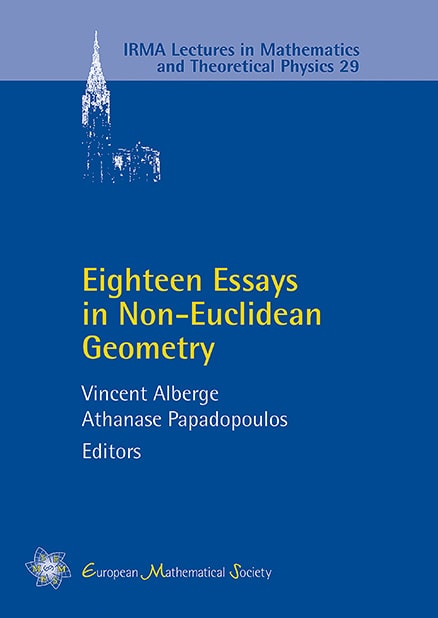Monotonicity in spherical and hyperbolic triangles
Himalaya Senapati
Chennai Mathematical Institute, Siruseri, India

A subscription is required to access this book chapter.
Abstract
We start by recalling Proposition 27 of Menelaus’ Spherics, a treatise on spherical geometry by Menelaus of Alexandria (1st–2nd century CE). This is a comparison theorem between the base of a spherical triangle and the great circle arc joining the midpoints of the two legs. The theorem expresses a property which later became known as Busemann's criterion for positive curvature in metric spaces. Propositions 28 and 29 that follow in the same treatise are comparison theorems of a similar sort, but comparing angles instead of edges when a spherical triangle is divided by a great circle arc joining midpoints of two sides. In this comparison of angles, Menelaus assumed one of the angles of the triangle to be at least equal to a right angle. In this chapter, we prove a monotonicity result in the lineage of Propositions 28 and 29. More precisely, we prove that in a spherical triangle with , if the sides and are increased while holding the angle and the ratio constant, the angle increases monotonically. As a corollary, we prove parts of Propositions 28 and 29 of the \emph{Spherics} without any restriction on angles: the angle subtended at the base of a spherical triangle is greater than its homologue subtended at the geodesic joining the midpoints of the legs if the adjacent leg is shorter than the farther one. We then extend this result to hyperbolic geometry where we prove that the angle decreases monotonically.